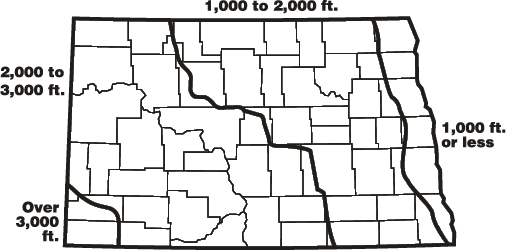6 cups (2¼ pounds) chopped Roma tomatoes (about 3 pounds tomatoes as purchased)
2½ cups diced yellow onions (about 1 pound or 2 large as purchased)
2 cups chopped green bell peppers (about 1½ large peppers as purchased)
10 cups (3½ pounds) chopped hard, unripe peaches (about 9 medium peaches or 4½ pounds as purchased peaches)
2 cups chopped Granny Smith apples (about 2 large apples as purchased)
4 tablespoons mixed pickling spice
1 tablespoon canning salt
2 teaspoons crushed red pepper flakes
3¾ cups (1¼ pounds) packed light brown sugar
2¼ cups cider vinegar (5 percent)
Yield: About 7 pints
Procedure: Wash and rinse canning jars; keep hot until ready to use. Prepare lids according to manufacturer’s directions. Place pickling spice on a clean, double-layered, 6-inch-square piece of 100 percent cheesecloth. Bring the corners together and tie with a clean string. (Or use a purchased muslin spice bag). Wash and peel tomatoes. Chop into ½-inch pieces. Peel, wash and dice onions into ¼-inch pieces. Wash, core and seed bell peppers; chop into ¼-inch pieces. Combine chopped tomatoes, onions and peppers in an 8- or 10-quart Dutch oven or saucepot. Wash, peel and pit peaches; cut into halves and soak for 10 minutes in an ascorbic acid solution (1,500 milligrams in ½ gallon of water). Wash, peel and core apples; cut into halves and soak for 10 minutes in an ascorbic acid solution. Quickly chop peaches and apples into ½-inch cubes to prevent browning. Add chopped peaches and apples to the saucepot with the vegetables. Add the pickling spice bag to the saucepot; stir in the salt, red pepper flakes, brown sugar and vinegar.
Hot pack — Bring the mixture to boiling, stirring gently to mix ingredients. Reduce the heat and simmer 30 minutes, stirring occasionally. Remove the spice bag from the pan and discard. With a slotted spoon, fill salsa solids into hot, clean pint jars, leaving 1¼ inches of head space (about ¾ pound of solids in each jar). Cover with cooking liquid, leaving ½ inch of head space. Remove air bubbles and adjust head space if needed. Wipe the rims of the jars with a dampened, clean paper towel; apply two-piece metal canning lids.
Process in a boiling-water canner according to the recommendations in Table 3.

